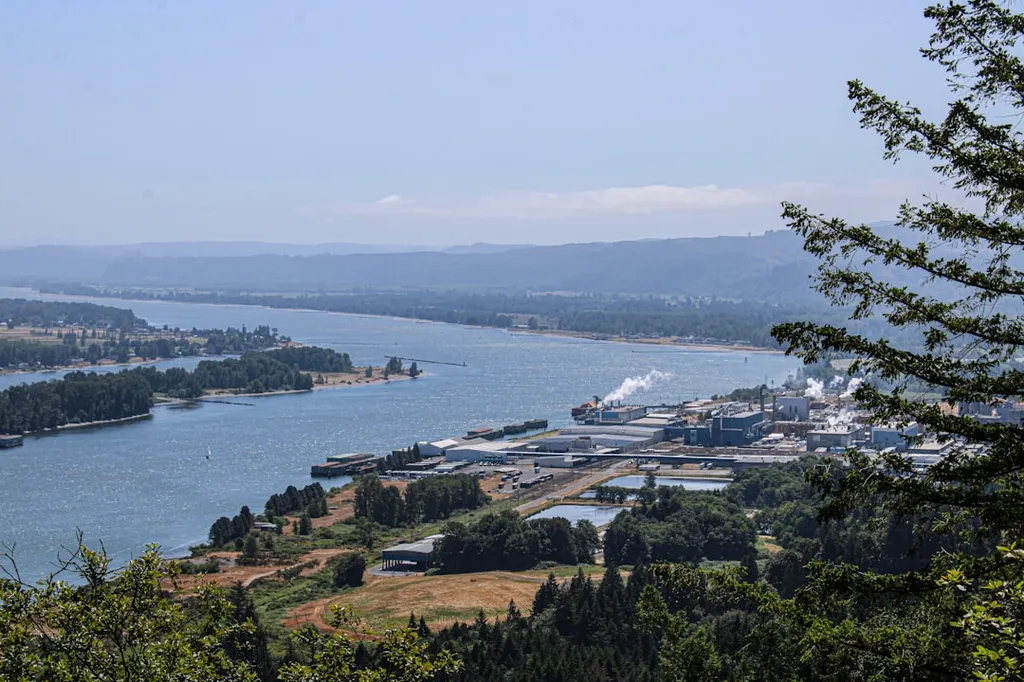This summer, a natural spectacle is set to unfold across the eastern United States, as billions of cicadas from Brood XIV emerge from their 17-year underground hiatus. Stretching from Tennessee to Cape Cod, this brood’s range is more extensive than any other 17-year cicada brood, offering a unique opportunity to observe their impact on ecosystems and agriculture.
Cicadas play a significant role in the food web, providing a substantial food source for various animals. Their mass emergence can lead to a temporary increase in the populations of predators like cuckoos, blue jays, and red-bellied woodpeckers. However, this influx of food can also have unintended consequences. For instance, an increase in bird populations can lead to a higher number of caterpillars, which in turn can cause more damage to oak trees and other vegetation.
For the agriculture sector, the cicada emergence can have mixed implications. On one hand, the increased predator populations could help control pest insects, potentially reducing the need for pesticides. On the other hand, the damage caused by increased caterpillar populations could negatively impact crops and orchards, particularly those that rely on oak trees for shade or windbreaks.
Investors in the agriculture sector should be aware of these potential impacts and consider how they might affect their portfolios. For example, companies that produce pesticides or biological controls for caterpillars might see increased demand. Conversely, those with investments in oak-based products or shade-grown crops could face challenges.
Moreover, the changing climate could alter the timing and frequency of cicada emergences, adding another layer of complexity for the agriculture sector. As temperatures rise, cicadas may emerge earlier in the year and potentially shorten their underground cycle. This could disrupt the delicate balance of the food web and have unforeseen effects on agriculture.
Agricultural researchers and investors should keep a close eye on these developments. By understanding the potential impacts of cicada emergences and climate change, they can better prepare for and mitigate any challenges that arise. Additionally, studying the effects of cicadas on ecosystems can provide valuable insights into the broader impacts of climate change on agriculture.

